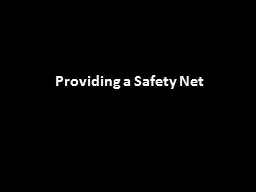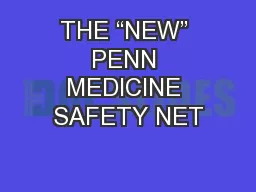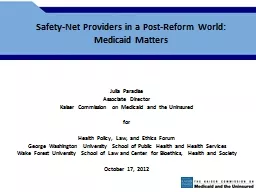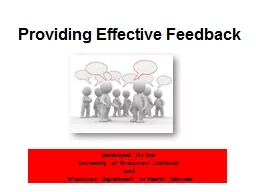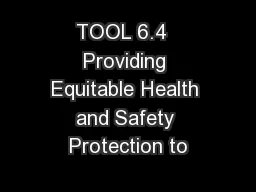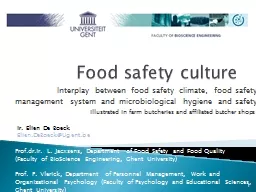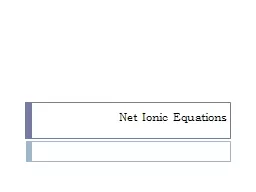PPT-Providing a Safety Net
Author : tawny-fly | Published Date : 2016-03-21
Why Households Differ One of the main reasons why household income differs is because the number of household members who work differs They also differ based on
Presentation Embed Code
Download Presentation
Download Presentation The PPT/PDF document "Providing a Safety Net" is the property of its rightful owner. Permission is granted to download and print the materials on this website for personal, non-commercial use only, and to display it on your personal computer provided you do not modify the materials and that you retain all copyright notices contained in the materials. By downloading content from our website, you accept the terms of this agreement.
Providing a Safety Net: Transcript
Download Rules Of Document
"Providing a Safety Net"The content belongs to its owner. You may download and print it for personal use, without modification, and keep all copyright notices. By downloading, you agree to these terms.
Related Documents

